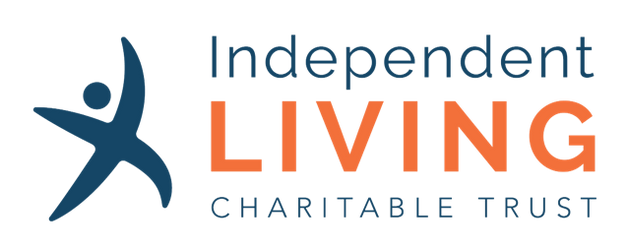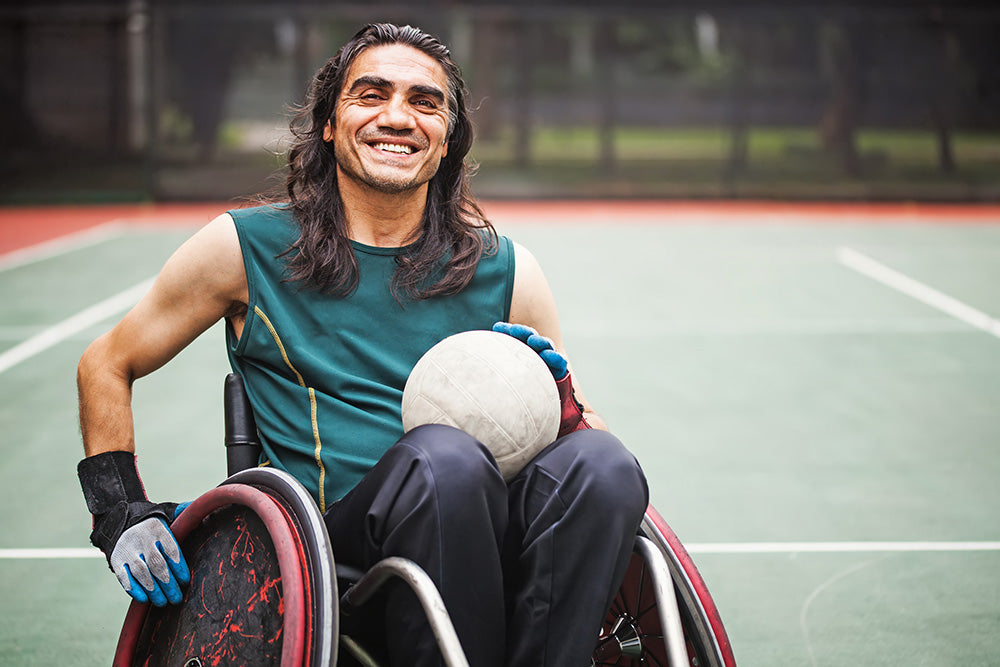What is MD?
Muscular dystrophy (MD) refers to a group of genetic diseases that cause progressive weakness and degeneration of skeletal muscles. These disorders (of which there are more than 30) vary in age of onset, severity, and the pattern of the affected muscles.
All forms of MD grow worse over time as muscles progressively degenerate and weaken. Although some forms become apparent in infancy or childhood, others may not appear until middle age or later.
Signs and Symptoms
For most types of muscular dystrophy, symptoms show up in childhood or in the teen years. In general, children with the condition:
- Fall down often
- Have weak muscles
- Have muscle cramps
- Have trouble getting up, climbing stairs, running, or jumping
- Walk on their toes or waddle
What causes MD?
Muscular dystrophy can run in families, or you can be the first one in your family to have it. The condition is caused by problems in your genes. You can get muscular dystrophy even if neither of your parents had the disease.
Treatment
There is currently no cure for MD, but a range of treatments can help you with the physical disabilities and problems that may develop. Treatment options include medications, physical and occupational therapy, surgical and other.
For more MD information and resources to help you make treatment decisions, please visit:
- NZ Muscular Dystrophy – www.mda.org.nz
- www.facebook.com/MDANationalOffice
- NZ Healthify
How ILS can help
We have many products suited for helping with the effects of MD. Here are some of our top picks:
Information, including Home Supports – www.ilsnz.org/pages/new-to-disability

